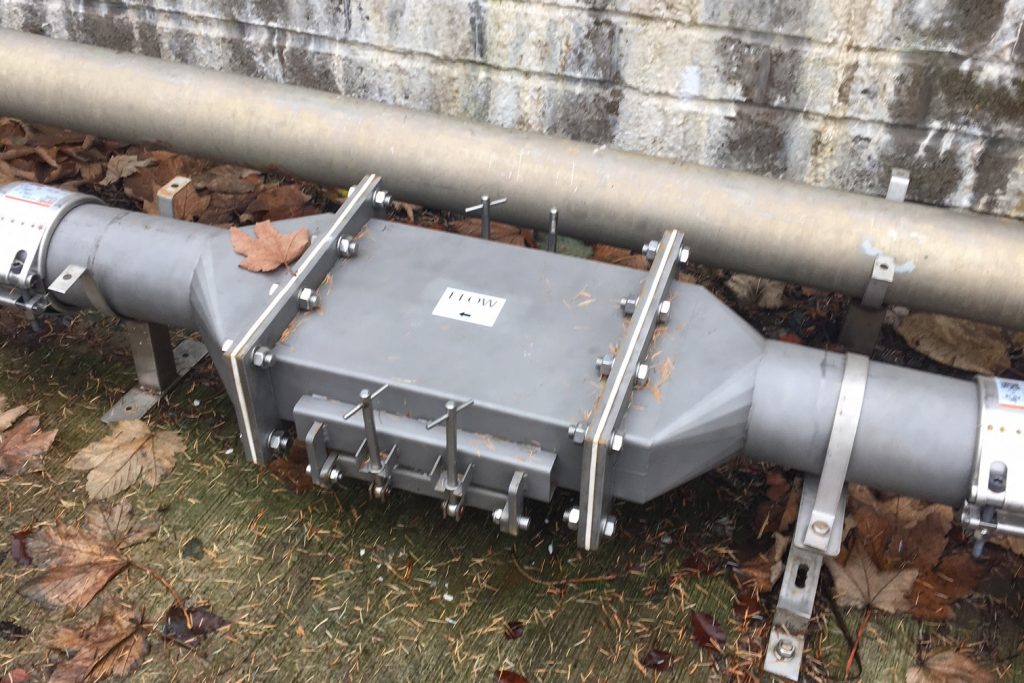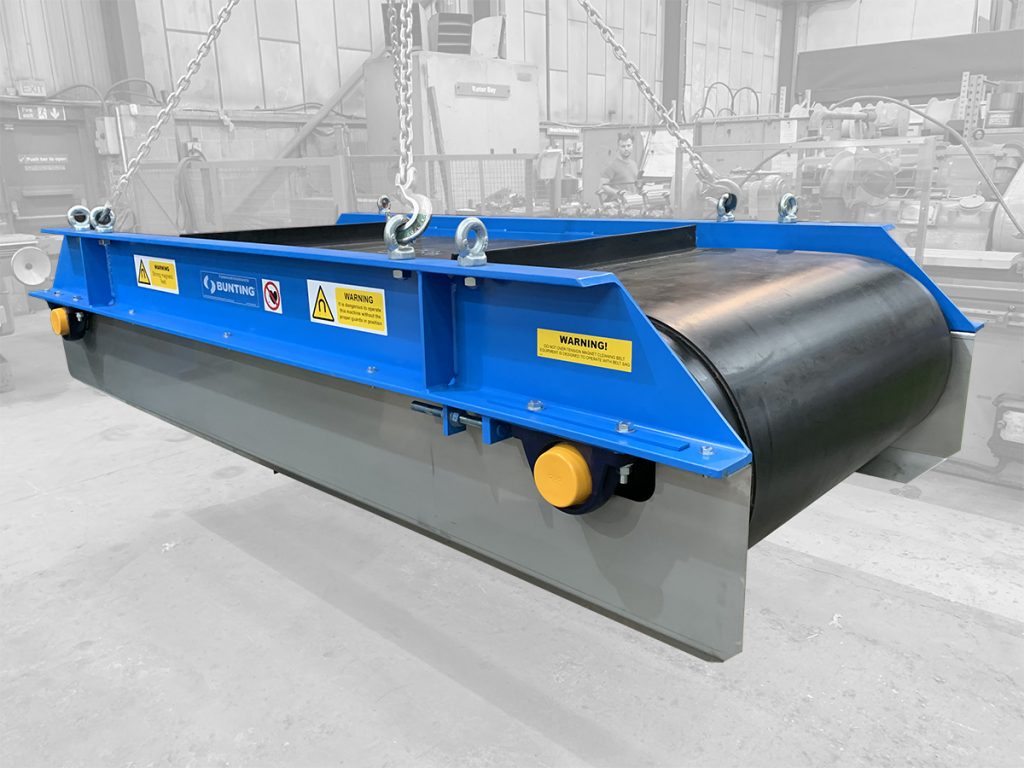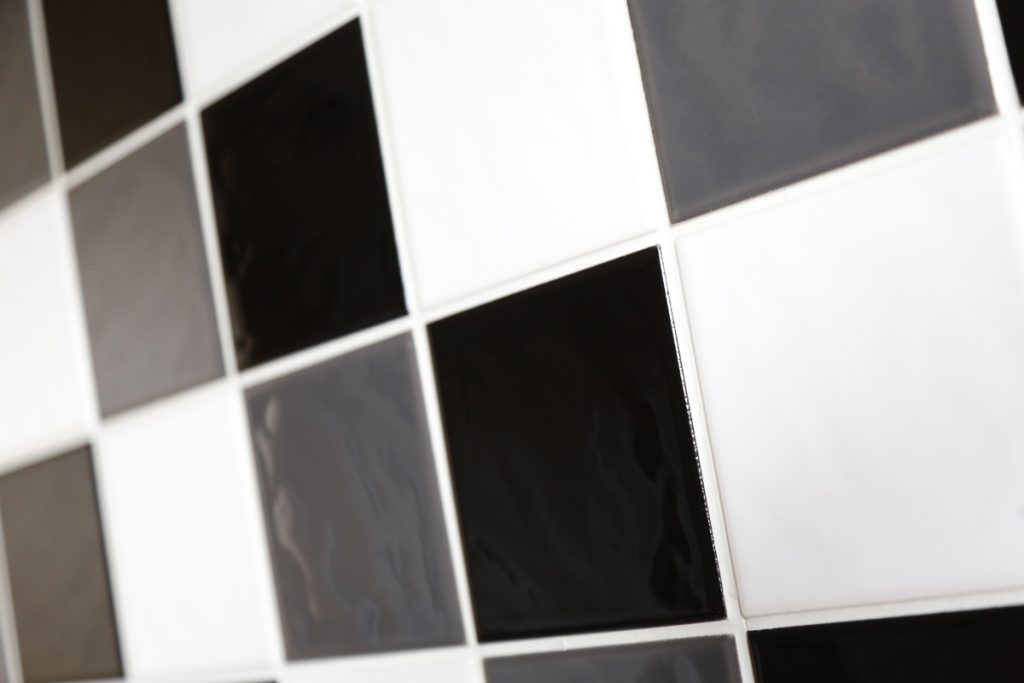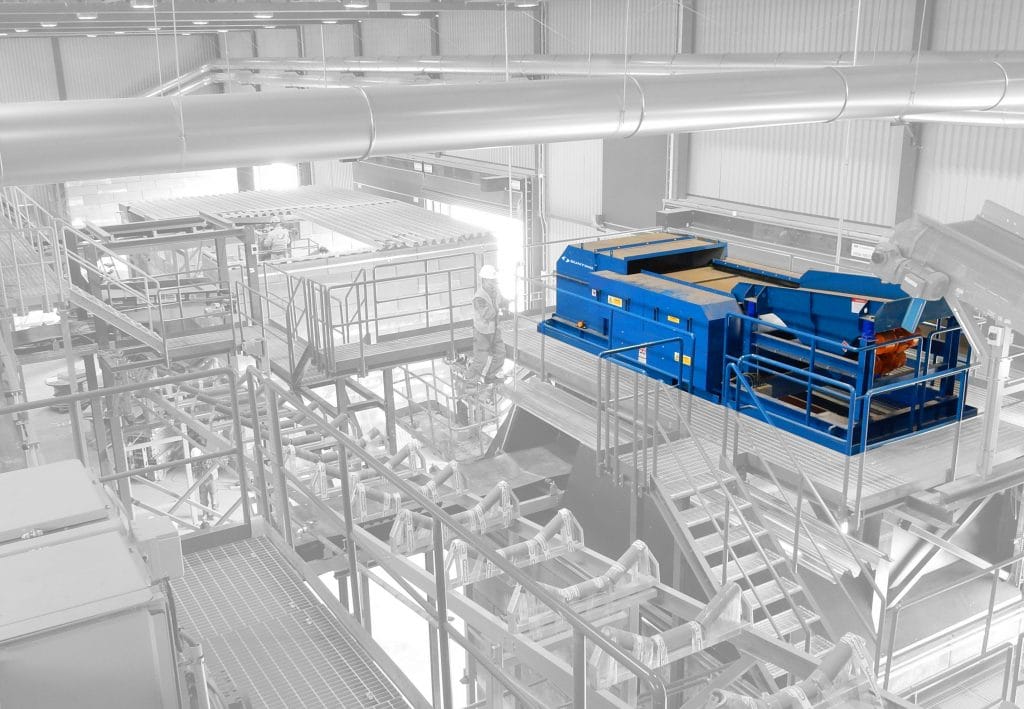Archive for November 2020
Inline Magnets Remove Metal from Potassium Chloride
A UK processor of Potassium Chloride is using two Pneumatic Inline Magnets (PIMS) to capture and remove small tramp ferrous metal. The metal is removed early in the process, as the dry material is being pneumatically conveyed, to prevent damage to processing equipment including the crusher. The two PIMS installed at the Potassium Chloride processing…
Read MoreStronger ElectroMax-Plus Overband Magnet
The design objective of creating a more compact and powerful electromagnetic Overband Magnet led the Bunting engineering team to develop the ElectroMax-Plus. Electro Overband Magnets Electromagnetic Overband Magnets use an oil-cooled or air-cooled wire coil to generate a deep and strong magnetic field. The electromagnetic force radiates from a coil wound around a steel core…
Read MoreKeeping Ceramic Tiles Iron Free
When fine iron and iron-bearing minerals contaminate the raw material used to produce ceramic tiles, the consequences are costly. Such iron contamination causes visual and structural defects as well as affecting the surface finish in terms of brightness and whiteness. Tiles failing final quality checks are commonly returned for recycling. Those passing the initial quality…
Read More5 Key Eddy Current Separator Operating Parameters
Recycling plants around the world rely on Eddy Current Separators to separate and recover non-ferrous metals. The technology utilises high strength magnetic forces to repel and eject non-ferrous metals in many different forms including aluminium beverage cans, car frag, and foils. The large UK-based metal recycler, the Bird Group, developed the world’s first Eddy Current…
Read More


